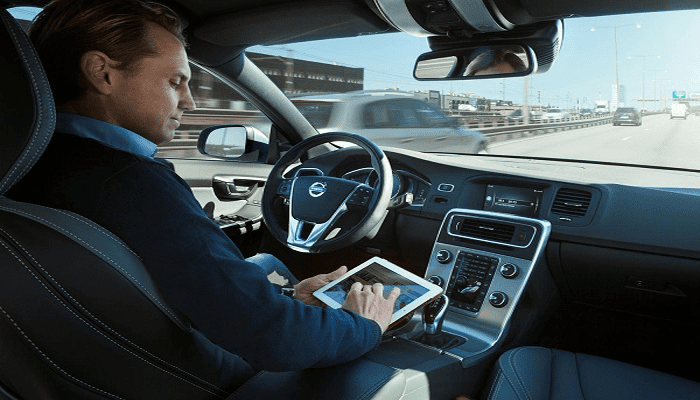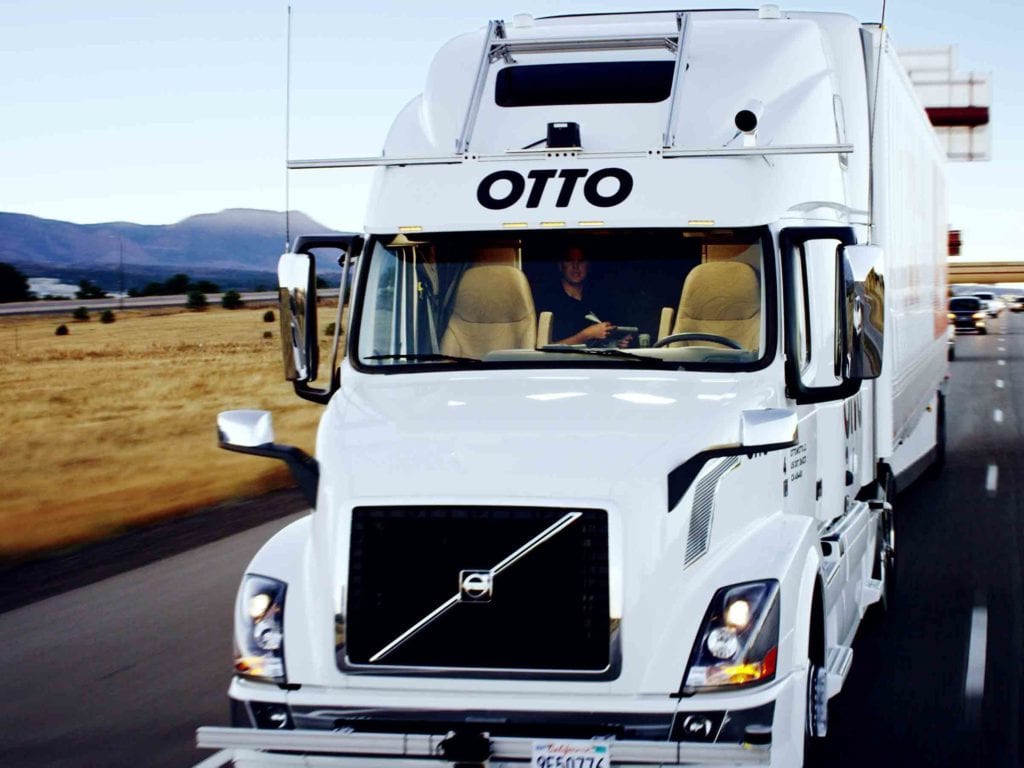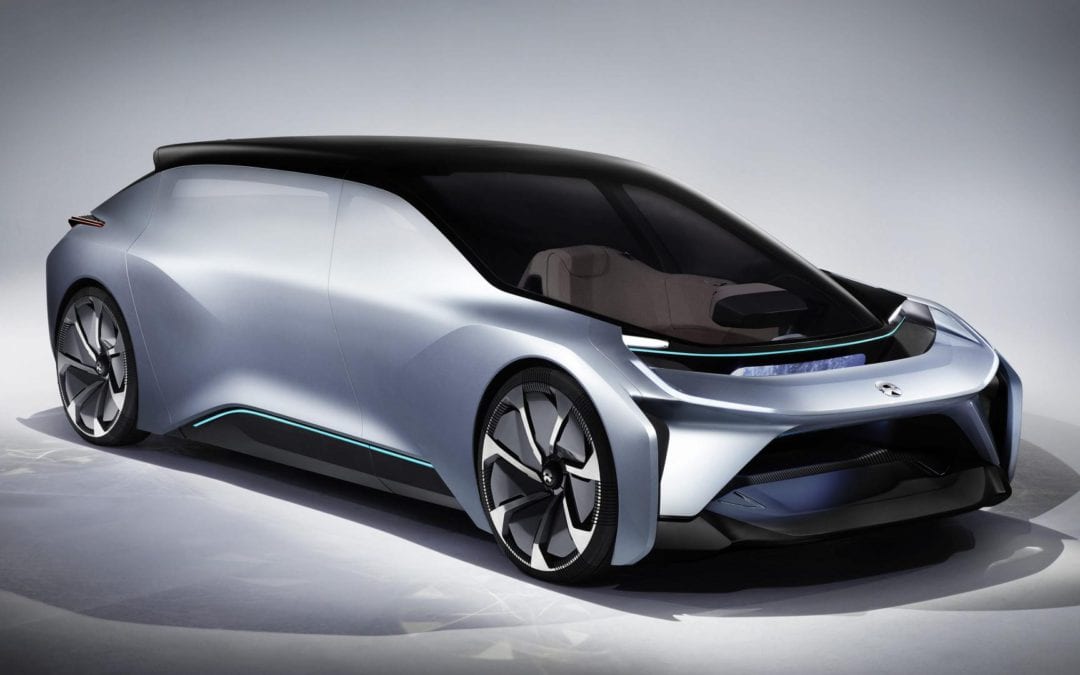Top 5 EV News Week 32 2020 | Cadillac Lyriq unveiled. Yet another Chinese EV startup IPO. Three new EV models launched this week.
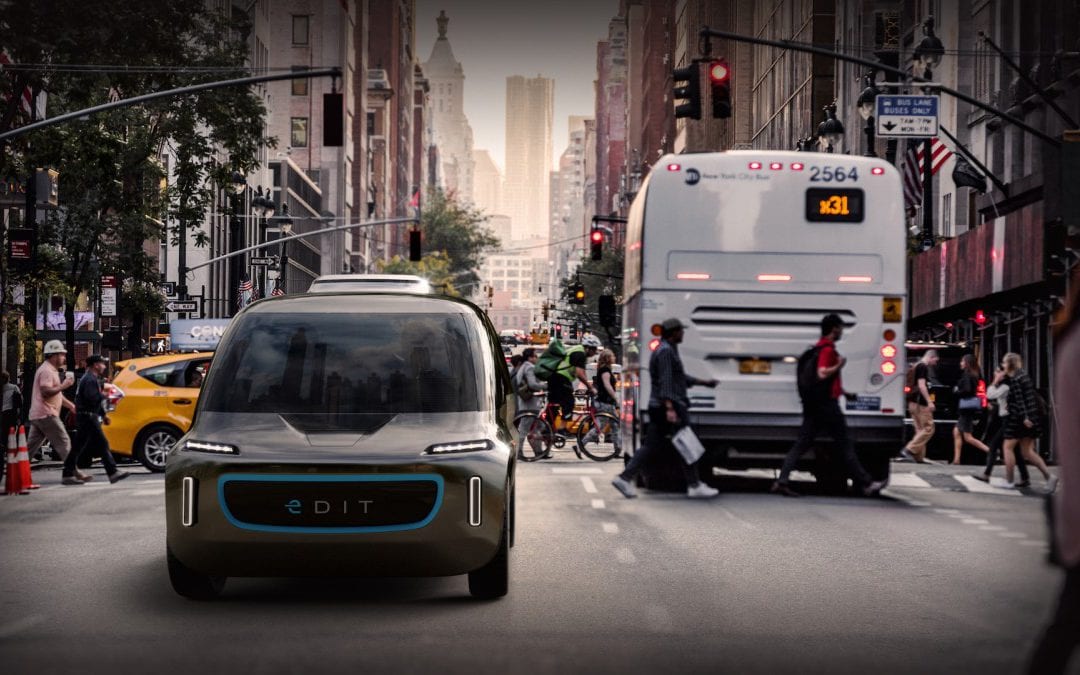
Now you can buy your own DIY self-driving car!
Being 100% modular allows companies to repair, replace and adapt different components resulting a tenfold longer product lifetime, lower total cost of ownership and recyclability. Companies can also upgrade the connected car & self-driving modules as technology improves over time without discarding still viable components. EDITs modular technology allows you to easily embed several autonomous driving technologies from level 0 to 5 or add your own self-driving code and custom hardware stack of lidars, sensors, CPUs, etc.
EDITs friendly shape, which easily transformable according to the needs of the customer that could help the transition towards a different layout of the autonomous driving cars of the future. Being modular makes the EDIT easy to repair and upgrade, disrupting many sectors as we transition faster to a zero emission and zero fatality mobility. The body is divided into five primary parts, four molds (front, rear, roof and double symmetrical door), optimizing production and decreasing costs. The interior can provide different settings depending on the level of autonomous driving. In a level 5 version, there is a “vis a vis” seating layout with a comfortable table in the central area without steering wheel where you can work while commuting.
Barriers to entry as a result of cost and time to develop exclude many great start-ups and ideas from the self-driving sector. EDIT is a ready-to-use technology that saves years of R&D and millions of dollars. There is no need to reinvent the wheel for startups that are struggling with reverse engineering and to cost-effectively integrate the newest technology into the closed design of cars already in the market. EDIT allows start-ups to employ a “lean and distributed” manufacturing principle thereby avoiding huge investments in factories resulting in a reduction of more than 80% in initial costs. OSVehicle claims its IKEA like approach saves up to 70% of logistic costs and hacks import taxes by shipping ‘EDIT’ in components as opposed to complete vehicles. OSVehicle uses the example of Nepal where import duty on assembled vehicles is 238% compared to 3% for ‘EDIT components. OSVehicle did not provide any other guidance on the cost of the EDIT.
The disruption caused by the first ever ready-to-use Self-Driving EV will be felt in various sectors, including:
- Ride and Car Sharing fleets don’t last more than two years due to heavy use. Vehicles that are modular, customizable and upgradeable prevent obsolescence, extending the life of a vehicle up to 20 years;
- EDIT can be efficiently customized with heating and cooling components, disrupting commercial applications such as the Food Delivery Services;
- Self-Driving Vehicle start-ups struggle with reverse engineering and to cost-effectively integrate new technology into the closed design of the traditional car. By adding non-integratable hardware to existing production vehicles, the interior and exterior designs of these vehicles could seem compromised. ‘EDIT’ is a production vehicle, future-proofed and designed specifically to be modular and always upgradeable.
EDIT is a white label platform for branding purposes whereby a brand can customize the exterior body and interior, still keeping the road legal certification. By being a Vehicle-as-a-Service solution companies can use EDIT to quickly deliver models tailored for each service and country. OSVehicle states that with the rise of food delivery, ride and car sharing, vehicles should focus on the service brand and its needs, not the car brand.
‘EDIT’ is designed in Italy by the OSVehicle team in collaboration with the design company Camal. EDITs design is compliant with European, US, and Asian safety regulations.
If you are only a hobbyist or ultra lean start-up wanting to build a self-driving car and find that the cost of EDIT is still too high, follow our advice in the earlier post. Just buy the OSVehicle TABBY EVO from as little as $12,000 and add to that George Hotz’s self-driving car kit which he plans to market through his company comma.ai at a price of $1,000.
The future is already here. Please feel free to share your thoughts on the EDIT DIY autonomous vehicle with the community in the comment section below or the OSVehicle forum on our app, that is if you have swiped right to “like” the EV.
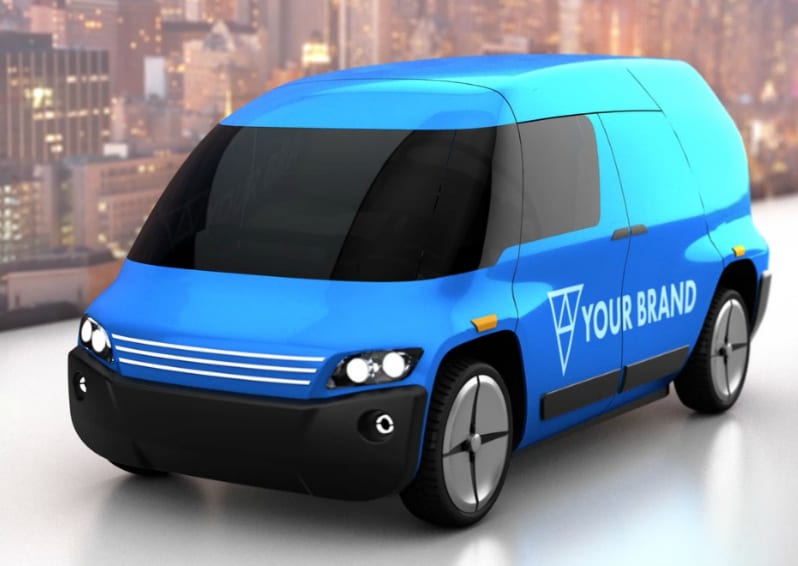
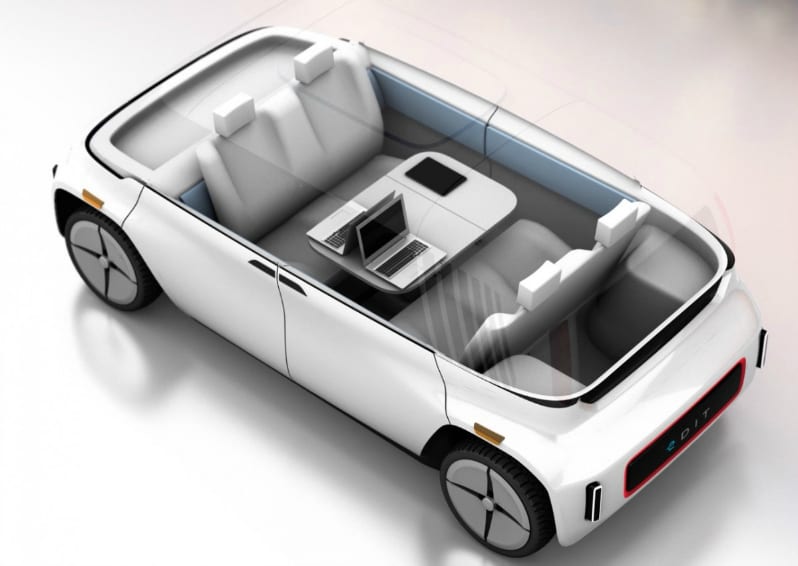
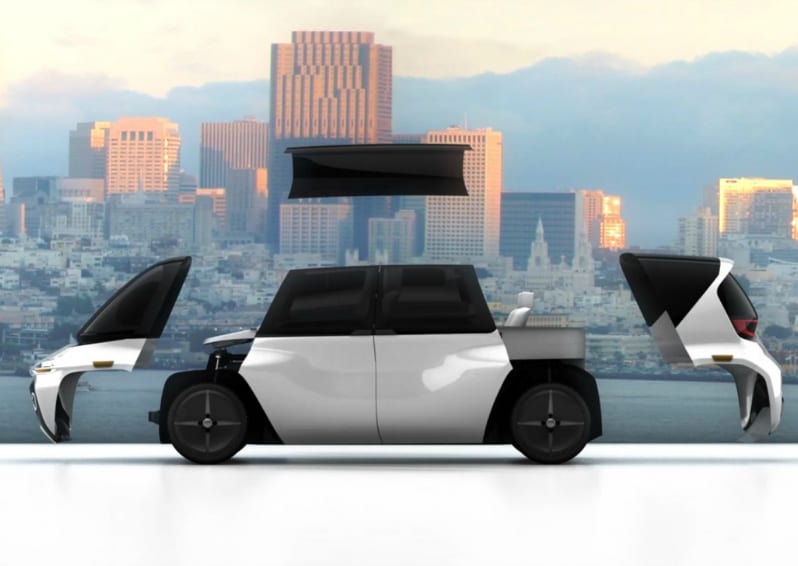
Top 5 EV News Week 32 2020
Top 5 EV News Week 31 2020
Top 5 EV News Week 31 2020 | Successful IPO for CHJ Auto, Kandi finally enters the USA, Mitsubishi pays the cost for failing EV strategy.
Top 5 EV News Week 30 2020
Top 5 EV News Week 30 2020 | Chengdu Auto Show, Hozon Neta IPO, VW invest in China, eVito Tourer for sale







